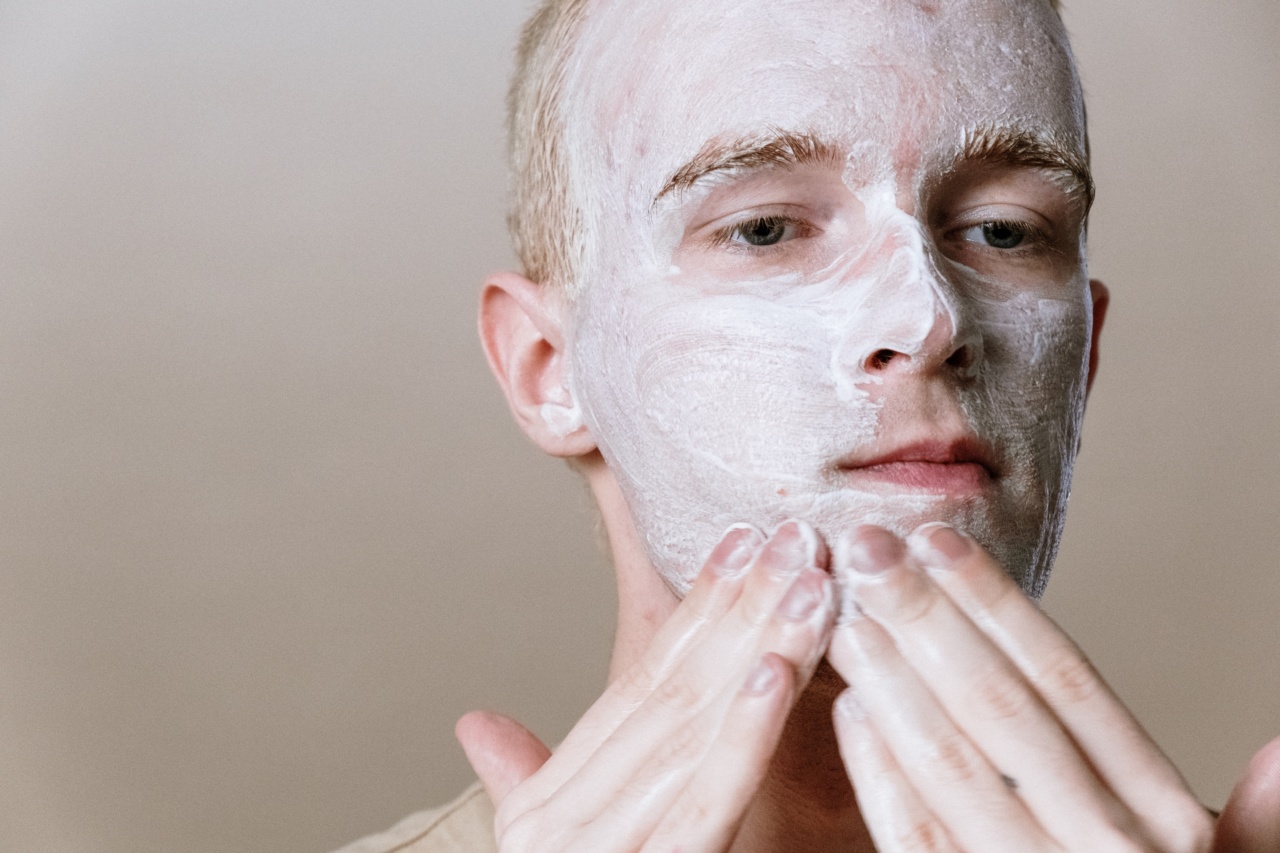Acne is a common skin condition that affects millions of people worldwide. It is characterized by the presence of pimples, blackheads, and whiteheads on the face, chest, back, and shoulders.
While acne can be a temporary problem for some individuals, it can persist for years and have a significant impact on a person’s self-esteem and confidence.
Understanding Acne
Acne occurs when the hair follicles become clogged with dead skin cells, bacteria, and oil. The exact cause of acne is still unknown, but it is believed to be influenced by several factors, including hormonal changes, genetics, and lifestyle choices.
The Role of Facial Mapping Techniques
Facial mapping techniques can play a crucial role in analyzing and identifying the underlying causes of acne.
By examining the location of acne breakouts on the face, dermatologists and skincare professionals can gain valuable insights into the root causes of an individual’s acne and tailor their treatment approach accordingly.
Understanding Facial Mapping
Facial mapping is a method that divides the face into different zones, each representing a specific organ or system in the body.
By mapping the face, practitioners can identify potential imbalances or dysfunctions in these areas, which may manifest as acne or other skin issues.
Common Acne Zones
1. Forehead: Acne on the forehead is often linked to digestive issues, such as poor diet, food allergies, or imbalances in the gut. It may also be caused by stress or inadequate sleep.
2. Cheeks: Acne on the cheeks can be a sign of respiratory problems or allergies. It may also be related to bacteria on cell phones, pillowcases, or makeup brushes that come into contact with the skin.
3. Chin and Jawline: Hormonal imbalances, particularly in women, can cause acne in the chin and jawline area. This is commonly seen in individuals with polycystic ovary syndrome (PCOS) or during hormonal fluctuations, such as menstruation or pregnancy.
4. Nose: Acne on the nose can indicate liver or cardiovascular issues. Excessive alcohol consumption, poor diet, or high blood pressure can contribute to breakouts in this area.
Analyzing Acne Patterns
Facial mapping techniques allow professionals to analyze the pattern of acne breakouts and gain further insight into the underlying causes.
For example, if acne is predominantly located on the forehead and temples, it may suggest an excessive intake of processed foods, unhealthy fats, or dairy products, which can trigger inflammation and acne formation.
On the other hand, if acne is concentrated around the chin and jawline, it may indicate hormonal imbalances. This can help determine whether further medical evaluation or hormone-balancing treatments are necessary.
Using Facial Mapping for Treatment
Facial mapping can guide skincare professionals in developing personalized treatment plans for individuals suffering from acne.
By targeting the underlying causes based on the acne patterns, practitioners can offer more effective and targeted solutions.
For instance, if digestive issues are identified as the primary cause of acne on the forehead, dietary changes and probiotic supplements may be recommended.
Similarly, addressing hormonal imbalances through medication or hormonal therapies can be beneficial for those with chin and jawline acne.
Other Factors to Consider
While facial mapping provides valuable information about the root causes of acne, it is important to consider other factors that may contribute to acne development. These include:.
1. Skincare Routine: The use of harsh or inappropriate skincare products can exacerbate acne. Individuals should adopt a gentle cleansing routine using non-comedogenic products.
2. Lifestyle Factors: Stress, lack of sleep, and poor dietary choices can impact overall skin health and contribute to acne breakouts.
3. Hormonal Changes: Fluctuations in hormone levels can trigger or worsen acne. It is essential to manage hormonal imbalances through medical intervention, if necessary.
Conclusion
Acne analysis through facial mapping techniques provides valuable insights into the causes and patterns of acne breakouts.
By understanding the relationship between specific facial zones and internal imbalances, skincare professionals can develop personalized treatment plans to target the root causes and provide effective solutions for individuals struggling with acne.






























